Growing your own vegetables offers numerous benefits, from enjoying fresh, organic produce to reducing your carbon footprint. Which Grow Your Own Vegetables Guide is a comprehensive resource provided by CONDUCT.EDU.VN, designed to help both novice and experienced gardeners cultivate thriving vegetable gardens. Let’s explore how you can achieve a bountiful harvest and adhere to ethical and practical guidelines in your gardening journey, with the added benefits of community well-being and environmentally conscious gardening.
1. Understanding the Basics of Vegetable Gardening
Before diving into specific crops, grasp the fundamental elements of successful vegetable gardening.
1.1. Assessing Your Growing Space
Evaluate your available space, sunlight exposure, and soil quality.
- Space: Determine the area you can dedicate to gardening, whether it’s a small balcony, a raised bed, or a larger plot.
- Sunlight: Most vegetables need at least 6-8 hours of direct sunlight daily. Observe how sunlight patterns change throughout the day and year.
- Soil: Healthy soil is crucial. Test your soil’s pH and nutrient levels. Amend it with compost, aged manure, or other organic matter to improve fertility and drainage.
1.2. Choosing the Right Vegetables
Select vegetables that suit your climate, space, and preferences.
- Climate: Consider your region’s growing season, temperature ranges, and frost dates.
- Space: Opt for compact varieties if you have limited space. Bush beans, dwarf tomatoes, and leaf lettuce are good choices.
- Preferences: Grow vegetables you enjoy eating. Include a mix of easy-to-grow crops for beginners and more challenging varieties as you gain experience.
1.3. Planning Your Garden Layout
Organize your garden to maximize space and sunlight.
- Companion Planting: Group plants that benefit each other. For example, basil repels pests that attack tomatoes.
- Succession Planting: Stagger planting times to ensure a continuous harvest. Plant new crops every few weeks.
- Crop Rotation: Rotate crops each season to prevent soil depletion and pest buildup.
1.4. Essential Tools and Materials
Gather the necessary tools and materials to start your garden.
| Tool/Material | Description | Use |
|---|---|---|
| Hand Trowel | Small, handheld tool with a pointed blade. | Digging small holes, transplanting seedlings. |
| Garden Fork | Tool with sturdy tines for turning and aerating soil. | Breaking up compacted soil, mixing in compost. |
| Watering Can/Hose | Container or hose for watering plants. | Providing water to plants, ensuring even distribution. |
| Gardening Gloves | Protective gloves for handling soil and plants. | Protecting hands from dirt, thorns, and potential irritants. |
| Seeds/Seedlings | Seeds or young plants for growing vegetables. | Starting new crops, transplanting established plants. |
| Compost | Decomposed organic matter for enriching soil. | Improving soil fertility, providing essential nutrients. |
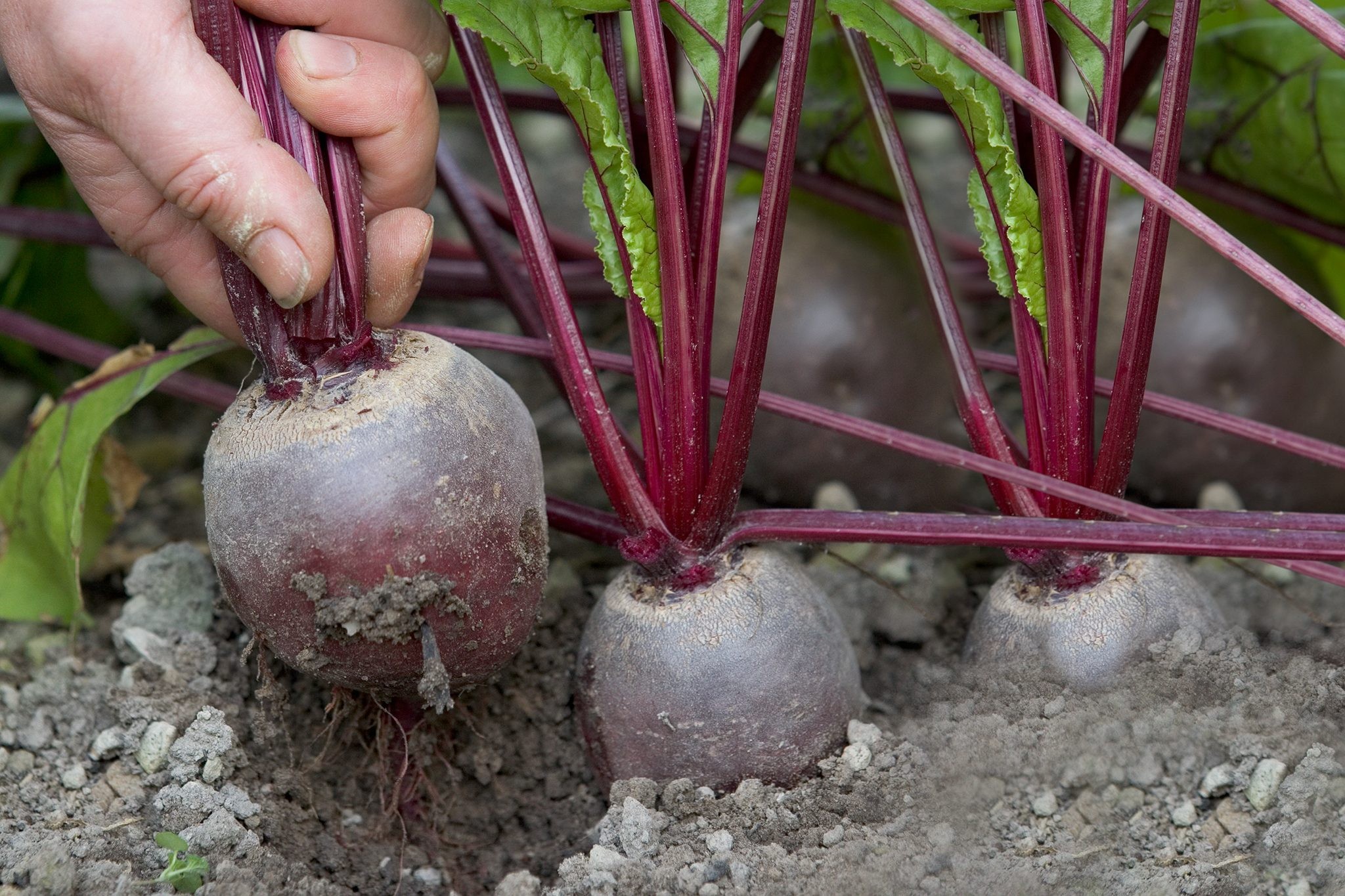
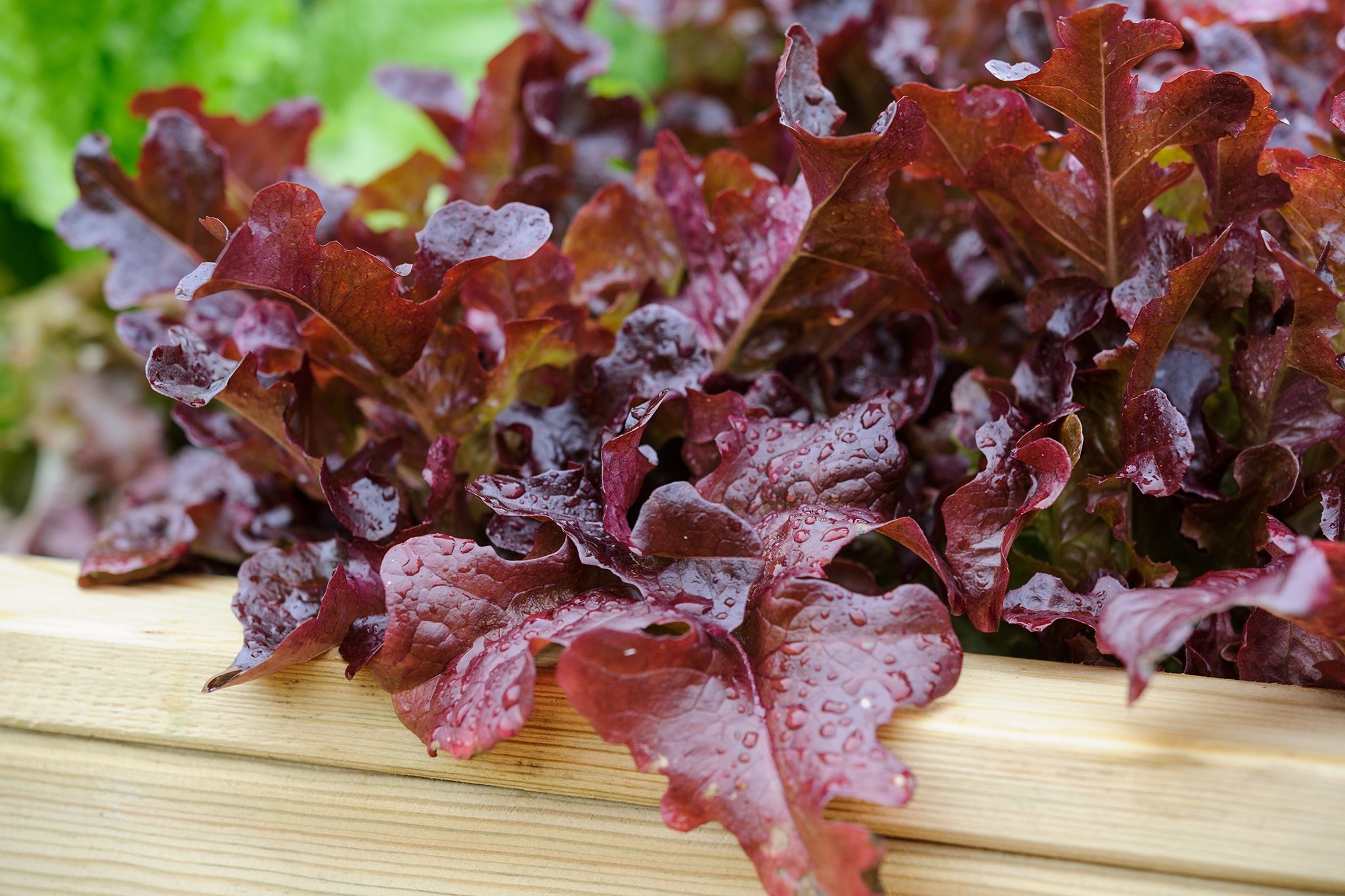
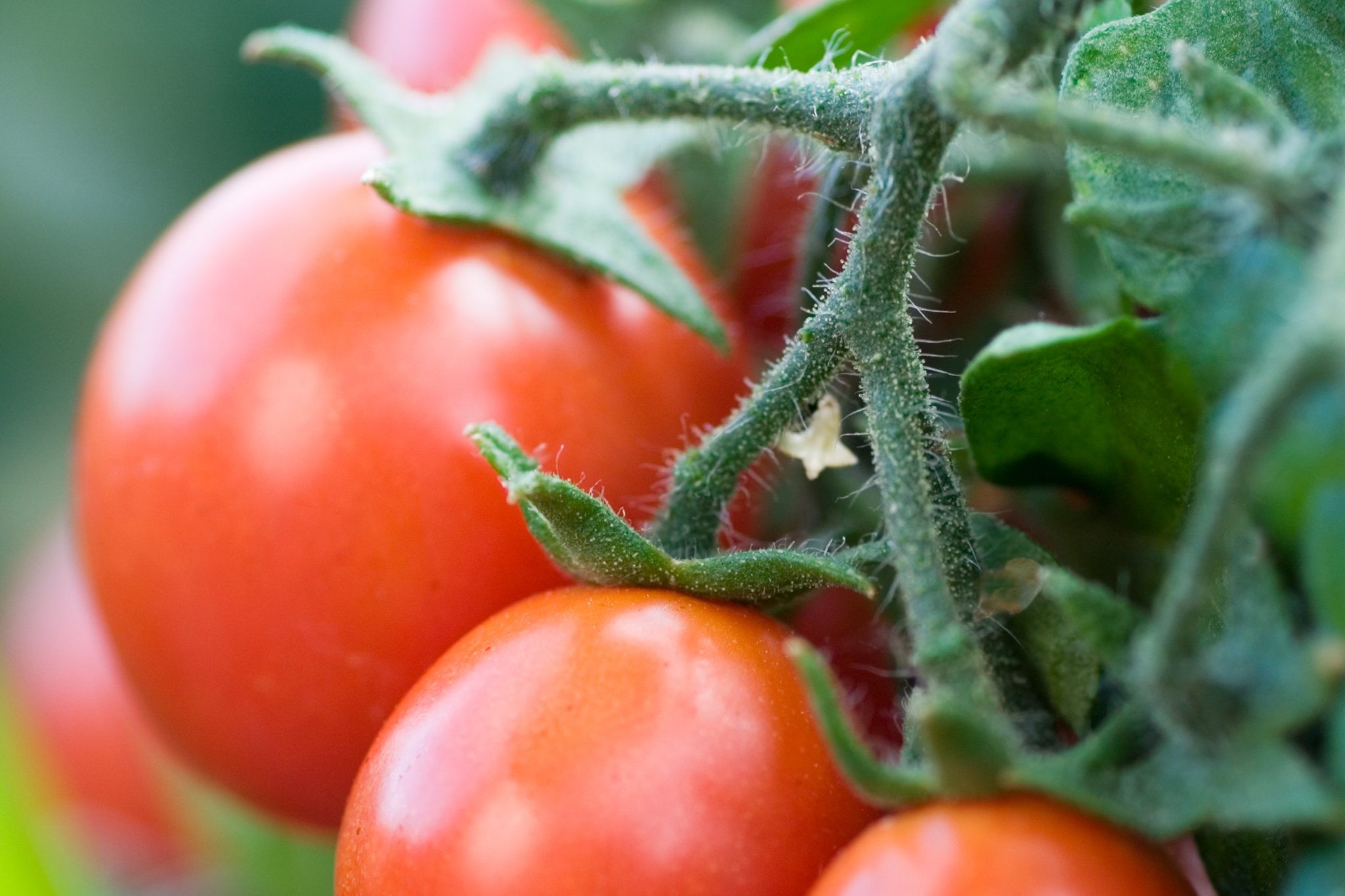
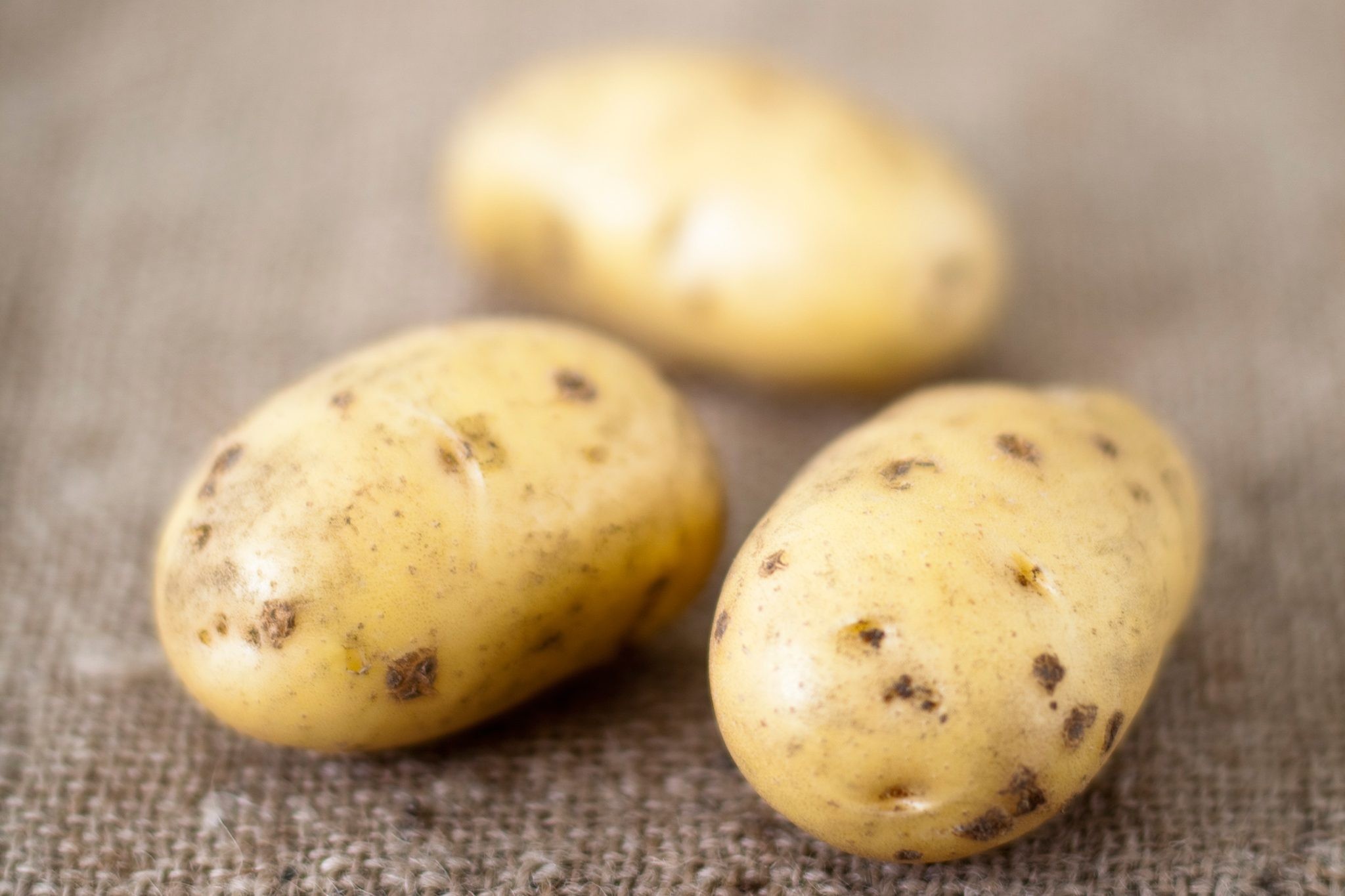
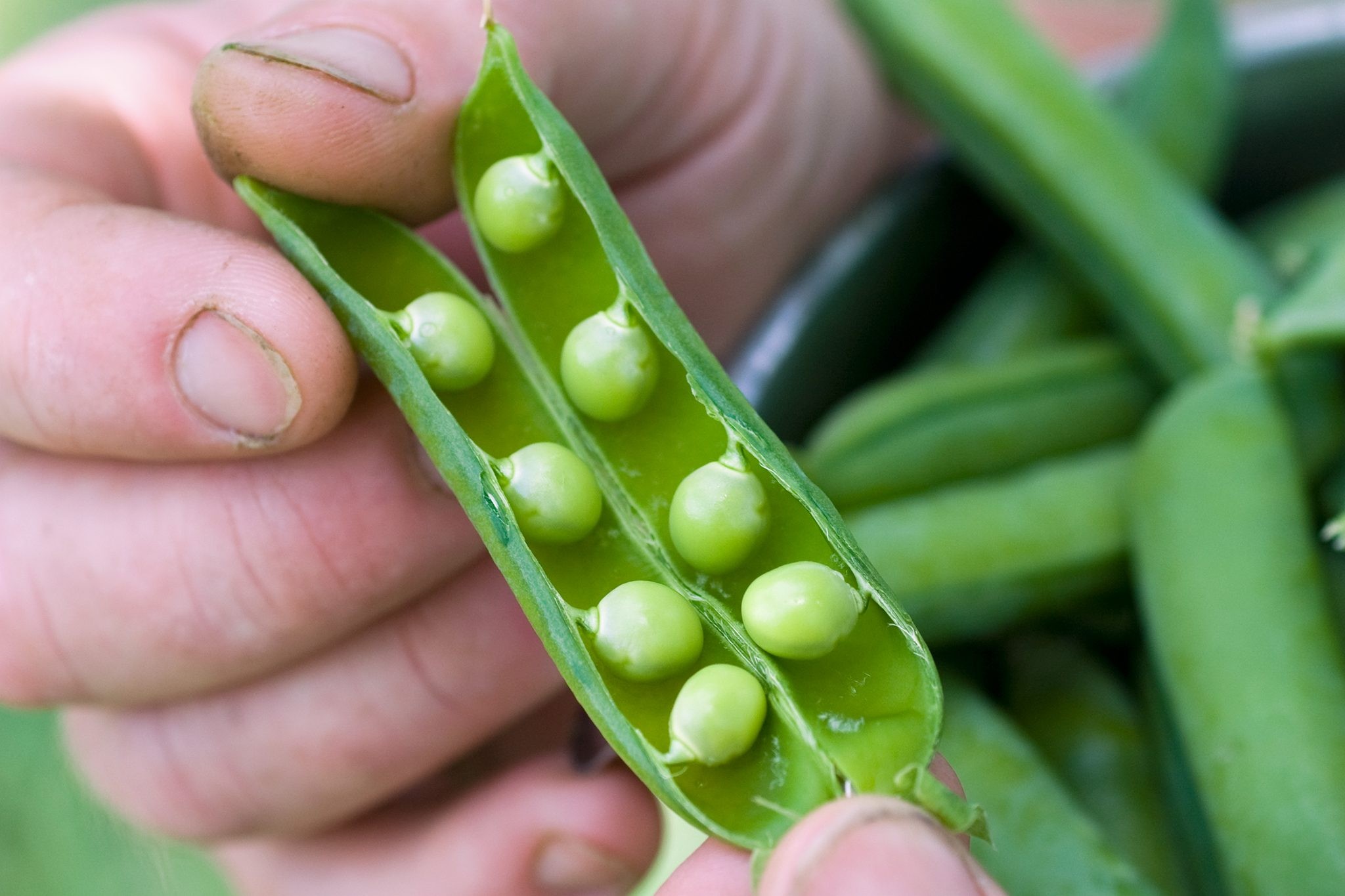
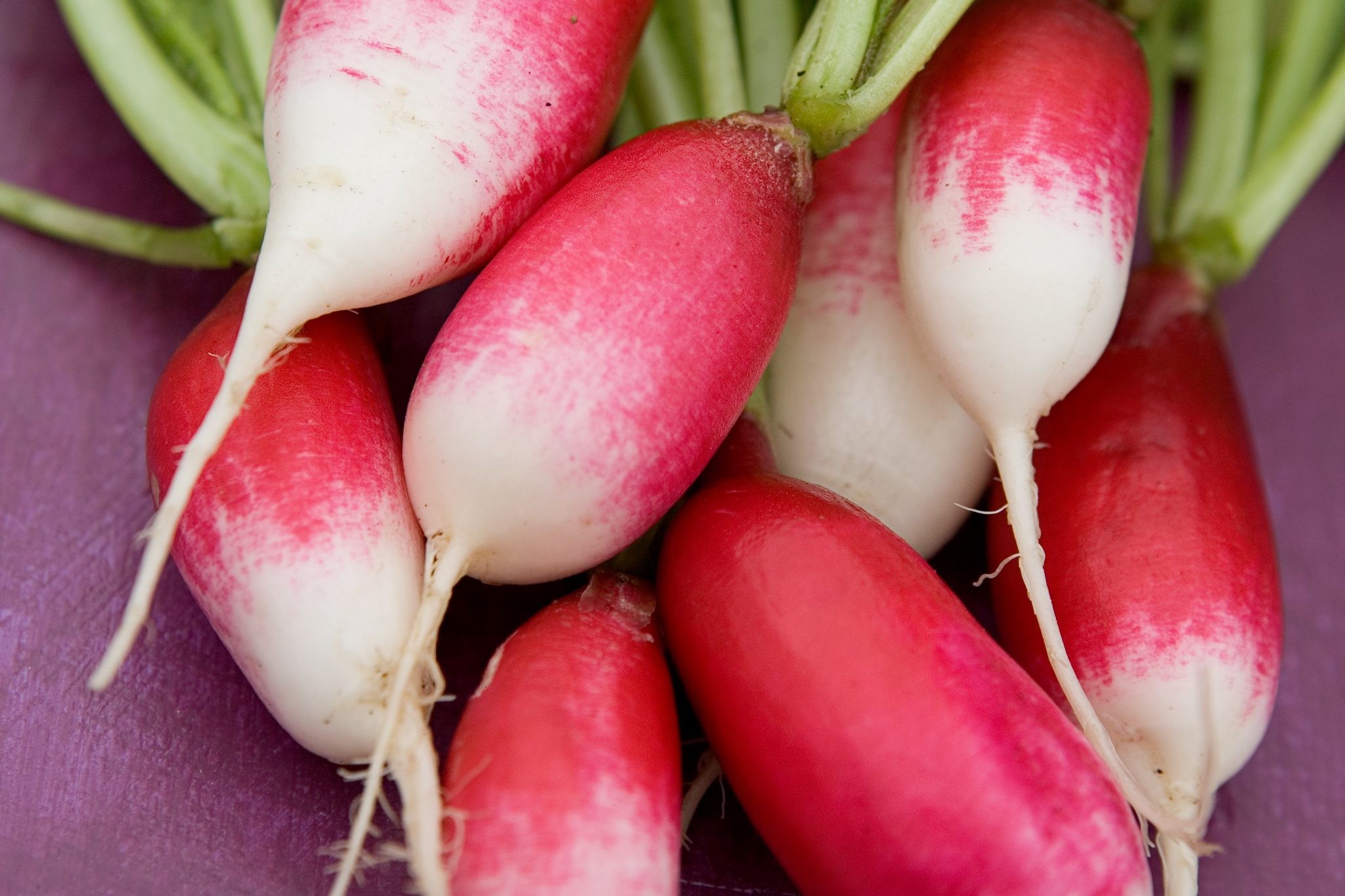
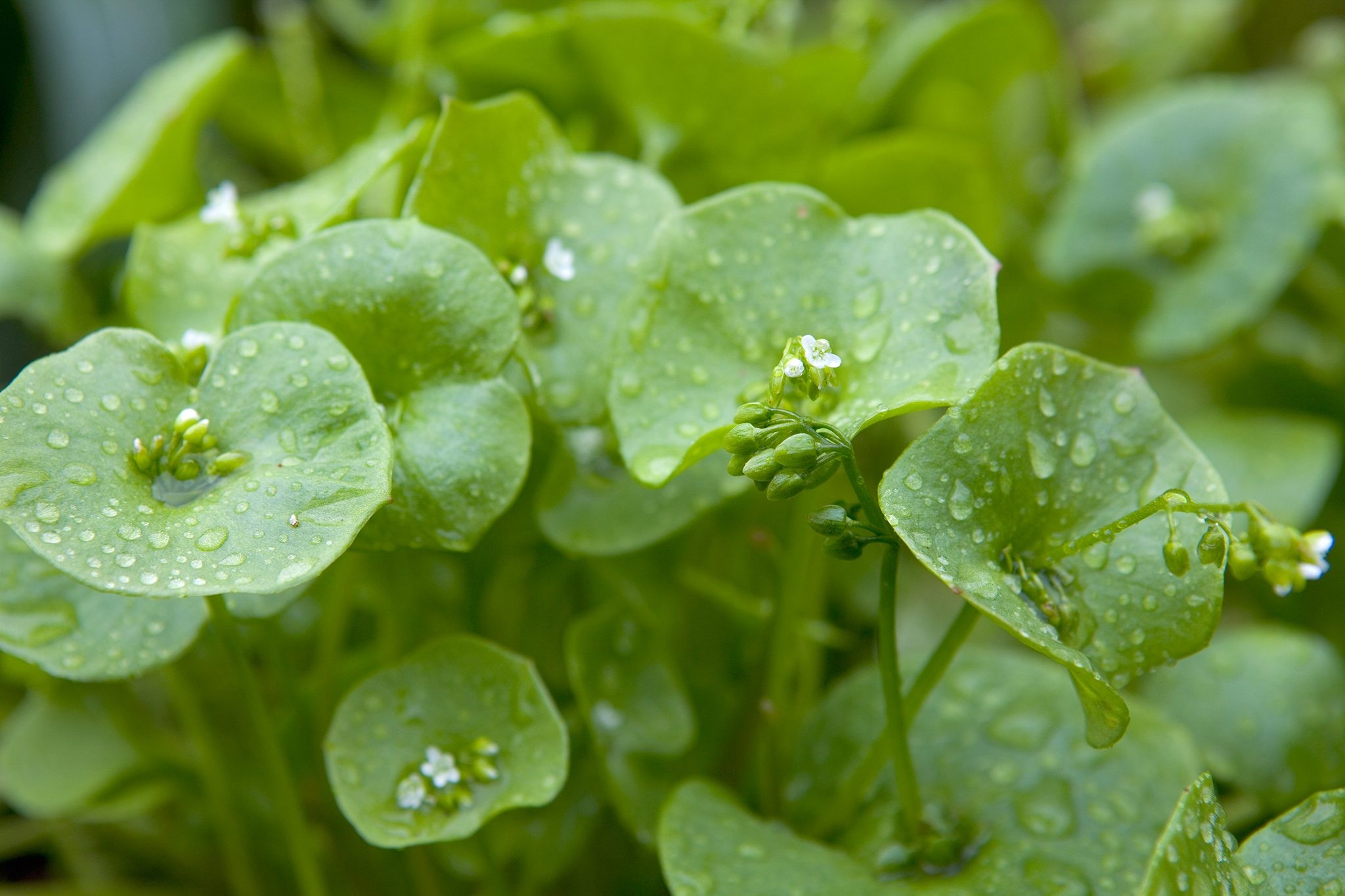
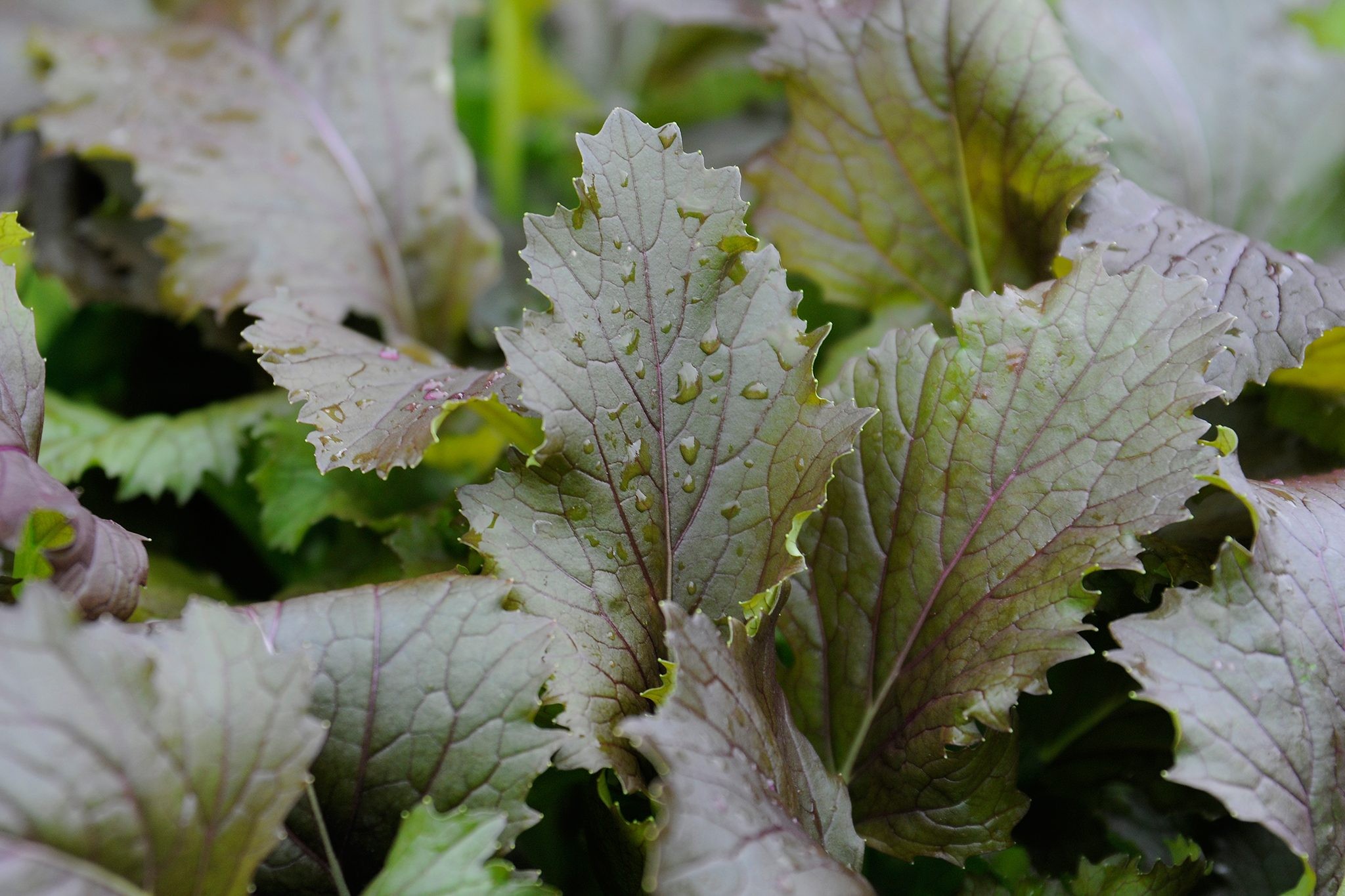
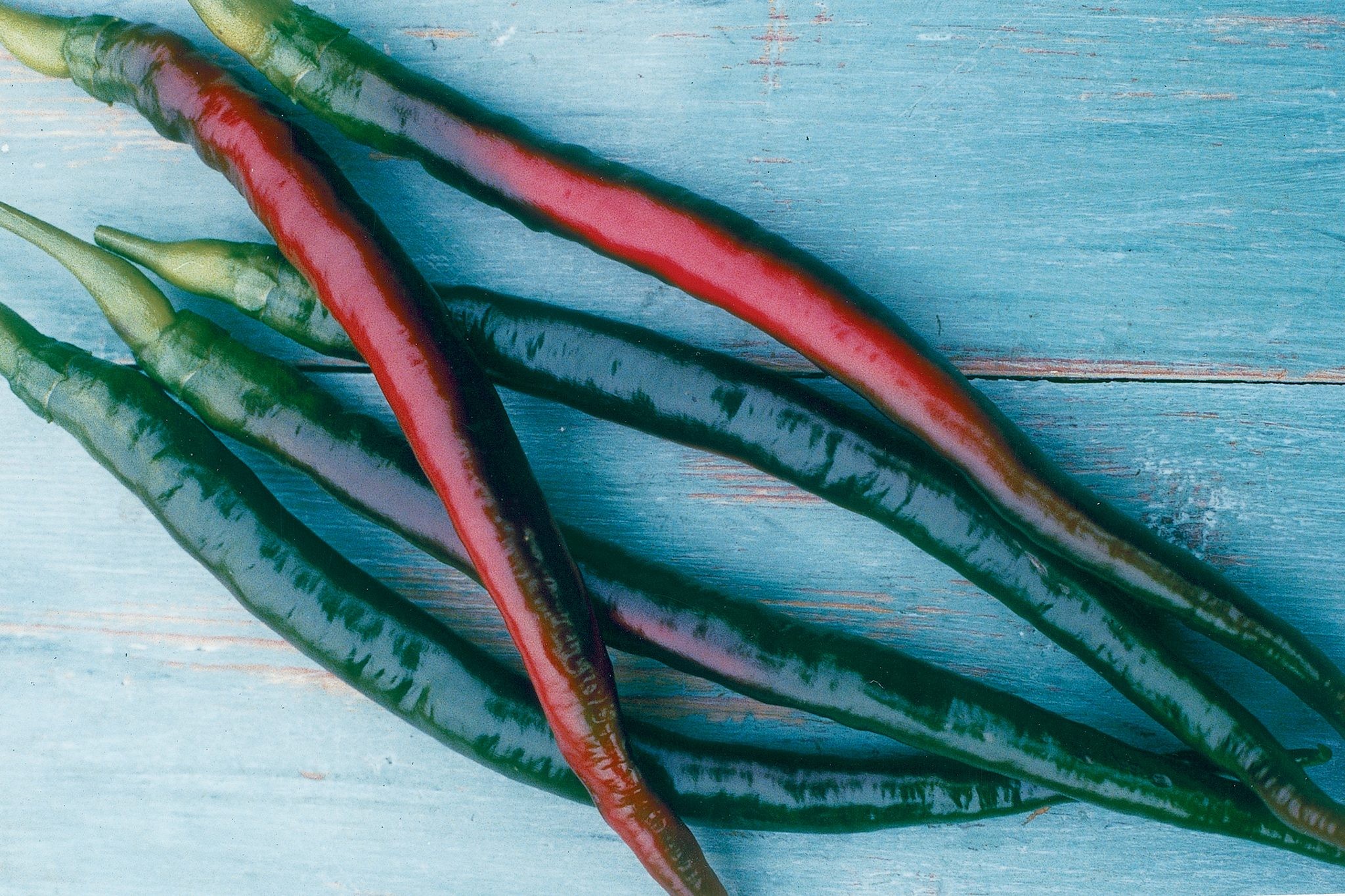
2. Step-by-Step Guide to Starting Your Vegetable Garden
Follow these steps to create a successful vegetable garden.
2.1. Preparing the Soil
Proper soil preparation is vital for healthy plant growth.
- Clear the Area: Remove grass, weeds, and debris from the garden area.
- Loosen the Soil: Use a garden fork or tiller to loosen the soil to a depth of at least 12 inches.
- Amend the Soil: Mix in compost, aged manure, or other organic matter to improve soil fertility and drainage.
- Test the Soil: Use a soil testing kit to determine the pH and nutrient levels. Adjust as needed with lime or fertilizer.
2.2. Planting Seeds and Seedlings
Follow these guidelines for planting seeds and seedlings.
- Check Planting Dates: Consult a planting calendar for your region to determine the best time to plant each vegetable.
- Sow Seeds: Plant seeds at the recommended depth and spacing. Water gently.
- Transplant Seedlings: Dig a hole slightly larger than the root ball. Gently remove the seedling from its container and place it in the hole. Backfill with soil and water thoroughly.
- Mulch: Apply a layer of mulch around plants to conserve moisture, suppress weeds, and regulate soil temperature.
2.3. Watering and Fertilizing
Proper watering and fertilization are essential for healthy plant growth.
- Watering: Water deeply and regularly, especially during dry periods. Aim to keep the soil consistently moist but not waterlogged.
- Fertilizing: Apply fertilizer according to the needs of each vegetable. Use organic fertilizers such as compost tea, fish emulsion, or aged manure. Follow the instructions on the fertilizer package.
2.4. Pest and Disease Control
Implement strategies to protect your vegetables from pests and diseases.
- Prevention: Practice good garden hygiene. Remove diseased plants promptly.
- Organic Controls: Use organic pest control methods such as insecticidal soap, neem oil, and Bacillus thuringiensis (Bt).
- Physical Barriers: Use row covers, netting, or traps to protect plants from pests.
2.5. Harvesting
Harvest vegetables at their peak ripeness for the best flavor and nutrition.
- Timing: Harvest vegetables when they are mature and ready to eat. Check seed packets or plant tags for specific harvesting guidelines.
- Technique: Use a sharp knife or scissors to harvest vegetables without damaging the plant.
- Storage: Store harvested vegetables properly to maintain their freshness and quality.
3. Top Vegetables for Beginner Gardeners
Start with these easy-to-grow vegetables for a rewarding gardening experience.
3.1. Beetroot
Beetroot is easy to grow directly into the soil and harvest in a few weeks.
- Planting: Sow seeds directly into shallow drills in the soil.
- Variety: ‘Boltardy’ is a popular variety resistant to bolting.
- Harvest: Ready to harvest within a few weeks.
3.2. Salad Leaves
Salad leaves like rocket and oak-leaf lettuce are easy to sow and harvest.
- Planting: Sow in pots and harvest on a cut-and-come-again basis.
- Variety: Mix several salad leaf varieties for a colorful salad.
- Harvest: Harvest continuously as needed.
3.3. Bush Tomatoes
Bush tomatoes are easier to grow than cordon varieties, requiring less support.
- Planting: Grow in hanging baskets or pots, both in greenhouses and outdoors.
- Care: No need to support or prune side shoots.
- Harvest: Harvest when fruits are ripe and red.
3.4. Potatoes
Potatoes are easy to grow in the ground or old compost bags.
- Planting: Plant in the ground or an old compost bag.
- Care: Cover leaves with soil when they first appear (‘earthing up’).
- Harvest: Early potatoes can be harvested in July.
3.5. Peas
Peas are easy to grow; choose a compact variety that doesn’t require staking.
- Planting: Choose a compact variety and grow in containers if space is limited.
- Care: Trim young tips for salads.
- Harvest: Harvest pods when they are plump and full.
3.6. Radishes
Radish seeds are easy to sow and don’t need thinning out.
- Planting: Sow seeds directly into the soil.
- Variety: ‘French Breakfast’ and ‘Scarlet Globe’ are popular varieties.
- Harvest: Ready to harvest within a few weeks.
3.7. Miners’ Lettuce/Winter Purslane
Miners’ lettuce is easy to grow and provides a steady salad crop from October until March.
- Planting: Sow seeds in a well-drained area.
- Care: Minimal care required.
- Harvest: Harvest leaves as needed for salads.
3.8. Japanese and Chinese Salad Leaves
Japanese leafy crops like mizuna and Chinese mustard can be grown as cut-and-come-again leaves.
- Planting: Grow in containers or in the ground.
- Care: Requires little attention.
- Harvest: Harvest leaves as needed for stir-fries and salads.
3.9. Chilli ‘Cayenne’
Chillies grow well in containers on a window sill or in a warm, sunny position outside.
- Planting: Grow in containers on a window sill or outdoors.
- Care: Similar requirements to bush tomatoes.
- Harvest: Harvest chillies when they are ripe and red.
3.10. Courgette
Courgettes are renowned for producing an abundant crop from just a few plants.
- Planting: Grow in fertile ground and water regularly.
- Variety: ‘Defender’ F1 is ideal for small spaces and is resistant to cucumber mosaic virus.
- Harvest: Pick courgettes when they’re no longer than 10cm.
4. Ethical Considerations in Vegetable Gardening
Ethical gardening involves practices that promote environmental sustainability, community well-being, and personal responsibility.
4.1. Sustainable Gardening Practices
Sustainable gardening aims to minimize environmental impact and conserve resources.
- Water Conservation: Use efficient watering methods such as drip irrigation, soaker hoses, and rainwater harvesting.
- Composting: Compost kitchen scraps and yard waste to create nutrient-rich soil amendments.
- Organic Fertilizers: Use organic fertilizers such as compost, aged manure, and cover crops to nourish plants.
- Pest Management: Employ integrated pest management (IPM) strategies that minimize the use of synthetic pesticides.
4.2. Community Engagement
Engage with your community through gardening to promote education, collaboration, and food security.
- Community Gardens: Participate in or start a community garden to share resources, knowledge, and produce.
- Educational Programs: Offer workshops and classes on gardening techniques to educate others.
- Food Donations: Donate excess produce to local food banks or charities to help those in need.
4.3. Personal Responsibility
Personal responsibility in gardening involves making ethical choices that benefit both yourself and the environment.
- Resourcefulness: Use resources wisely and avoid waste.
- Respect for Nature: Appreciate and protect the natural environment.
- Continuous Learning: Stay informed about best practices in sustainable gardening and ethical conduct.
5. Sustainable Practices for Thriving Vegetable Gardens
Cultivating a sustainable vegetable garden involves adopting eco-friendly techniques that benefit the environment and ensure long-term productivity.
5.1 Water Management Strategies
Efficient water use is critical for sustainable gardening.
- Rainwater Harvesting: Collect rainwater in barrels or tanks for irrigation. This reduces reliance on municipal water supplies and conserves water.
- Drip Irrigation: Install drip irrigation systems to deliver water directly to plant roots. This minimizes water loss through evaporation and runoff.
- Mulching: Apply organic mulches such as straw, wood chips, or compost to conserve soil moisture, suppress weeds, and regulate soil temperature.
- Watering Timing: Water plants in the early morning or late evening to reduce evaporation. Avoid overhead watering, which can lead to fungal diseases.
5.2 Soil Health and Conservation
Healthy soil is the foundation of a thriving vegetable garden.
- Composting: Compost kitchen scraps, yard waste, and other organic materials to create nutrient-rich soil amendments. Compost improves soil structure, fertility, and water retention.
- Cover Cropping: Plant cover crops such as legumes, grasses, or mustards during the off-season. Cover crops prevent soil erosion, suppress weeds, and add organic matter to the soil.
- Crop Rotation: Rotate crops each season to prevent soil depletion and pest buildup. Different crops have different nutrient requirements, so rotation helps maintain soil balance.
- No-Till Gardening: Minimize soil disturbance by practicing no-till gardening. This helps preserve soil structure, reduce erosion, and promote beneficial soil organisms.
5.3 Pest and Disease Management
Sustainable pest and disease management relies on prevention and natural controls.
- Integrated Pest Management (IPM): Implement an IPM strategy that combines cultural practices, biological controls, and targeted pesticide applications. IPM minimizes the use of synthetic pesticides and protects beneficial insects.
- Beneficial Insects: Attract beneficial insects such as ladybugs, lacewings, and parasitic wasps to your garden. These insects prey on common garden pests and help maintain ecological balance.
- Companion Planting: Use companion planting to deter pests and attract beneficial insects. For example, basil repels pests that attack tomatoes, and marigolds deter nematodes.
- Disease-Resistant Varieties: Choose disease-resistant vegetable varieties to minimize the risk of fungal and bacterial infections.
5.4 Waste Reduction and Recycling
Minimize waste and recycle materials whenever possible in your vegetable garden.
- Recycled Containers: Use recycled containers such as plastic pots, yogurt cups, or milk cartons to start seedlings.
- DIY Projects: Build raised beds, compost bins, and other garden structures from recycled materials such as pallets, old tires, or reclaimed wood.
- Reduce Packaging: Buy seeds and gardening supplies in bulk to reduce packaging waste.
- Reusable Tools: Invest in durable, reusable gardening tools and equipment to reduce the need for replacements.
5.5 Energy Conservation
Conserve energy in your vegetable garden by using manual tools and minimizing the use of power equipment.
- Manual Tools: Use hand tools such as trowels, forks, and hoes for digging, weeding, and cultivating soil.
- Solar Power: Install solar-powered garden lights, water pumps, or irrigation systems to reduce reliance on electricity.
- Natural Ventilation: Design greenhouses and hoop houses with natural ventilation systems to reduce the need for electric fans.
- Efficient Lighting: Use energy-efficient LED grow lights for starting seedlings indoors or extending the growing season.
6. Growing Specific Vegetables: Detailed Guides
Delve into specific guides for growing popular vegetables.
6.1. Tomatoes
- Varieties: Choose determinate (bush) or indeterminate (vine) varieties.
- Planting: Start seeds indoors 6-8 weeks before the last frost. Transplant outdoors after the danger of frost has passed.
- Care: Provide support for indeterminate varieties. Water regularly and fertilize every 2-3 weeks.
- Pests: Watch out for aphids, tomato hornworms, and blight.
6.2. Peppers
- Varieties: Select bell peppers, chili peppers, or sweet peppers based on your preferences.
- Planting: Start seeds indoors 8-10 weeks before the last frost. Transplant outdoors after the soil has warmed.
- Care: Provide well-drained soil and full sun. Water regularly and fertilize every 3-4 weeks.
- Pests: Watch out for aphids, whiteflies, and blossom-end rot.
6.3. Cucumbers
- Varieties: Choose slicing, pickling, or bush varieties.
- Planting: Direct sow seeds or transplant seedlings after the soil has warmed.
- Care: Provide well-drained soil and full sun. Water regularly and fertilize every 2-3 weeks.
- Pests: Watch out for cucumber beetles, squash bugs, and powdery mildew.
6.4. Lettuce
- Varieties: Select loose-leaf, romaine, or butterhead varieties.
- Planting: Direct sow seeds or transplant seedlings in early spring or fall.
- Care: Provide well-drained soil and partial shade. Water regularly and fertilize every 2-3 weeks.
- Pests: Watch out for aphids, slugs, and snails.
6.5. Carrots
- Varieties: Choose Nantes, Chantenay, or Danvers varieties.
- Planting: Direct sow seeds in well-drained soil in early spring or fall.
- Care: Thin seedlings to 2-3 inches apart. Water regularly and fertilize every 4-6 weeks.
- Pests: Watch out for carrot rust flies and nematodes.
7. Troubleshooting Common Gardening Problems
Address common issues that may arise in your vegetable garden.
7.1. Poor Germination
- Cause: Old seeds, cold soil, or overwatering.
- Solution: Use fresh seeds, warm the soil with plastic mulch, and water sparingly until seedlings emerge.
7.2. Yellowing Leaves
- Cause: Nutrient deficiency, overwatering, or disease.
- Solution: Test the soil and amend with fertilizer. Improve drainage and treat diseases with organic fungicides.
7.3. Pest Infestations
- Cause: Lack of beneficial insects, poor garden hygiene, or favorable weather conditions.
- Solution: Attract beneficial insects, remove diseased plants, and use organic pest control methods.
7.4. Blossom-End Rot
- Cause: Calcium deficiency, inconsistent watering, or high soil pH.
- Solution: Amend the soil with calcium, water regularly, and adjust the soil pH to 6.0-6.5.
7.5. Powdery Mildew
- Cause: High humidity, poor air circulation, or overcrowding.
- Solution: Improve air circulation, prune affected leaves, and apply organic fungicides.
8. Advanced Gardening Techniques
Enhance your gardening skills with advanced techniques.
8.1. Hydroponics
Hydroponics involves growing plants without soil, using nutrient-rich water solutions.
- Benefits: Faster growth, higher yields, and less water usage.
- Systems: Deep water culture, nutrient film technique, and aeroponics.
- Considerations: Requires careful monitoring of nutrient levels and pH.
8.2. Aquaponics
Aquaponics combines hydroponics with aquaculture, raising fish and plants together in a symbiotic system.
- Benefits: Sustainable food production, reduced waste, and natural fertilization.
- System: Fish waste provides nutrients for plants, and plants filter the water for fish.
- Considerations: Requires careful balancing of the ecosystem and monitoring of water quality.
8.3. Permaculture
Permaculture is a holistic approach to gardening that mimics natural ecosystems.
- Principles: Observe and interact, catch and store energy, obtain a yield, apply self-regulation and accept feedback, use and value renewable resources, produce no waste, design from patterns to details, integrate rather than segregate, use small and slow solutions, and use and value diversity.
- Benefits: Sustainable food production, biodiversity, and ecosystem resilience.
- Considerations: Requires careful planning and observation.
9. Vegetable Gardening for Different Spaces
Adapting your gardening techniques to different spaces ensures successful cultivation, no matter the size or type of your growing area.
9.1 Container Gardening
Container gardening is perfect for small spaces like balconies, patios, or decks.
- Choosing Containers: Select containers with drainage holes that are large enough to accommodate the mature size of the plants.
- Soil Mix: Use a lightweight, well-draining potting mix. Avoid using garden soil, which can compact in containers.
- Vegetable Selection: Choose compact varieties of vegetables such as bush tomatoes, dwarf peppers, lettuce, herbs, and radishes.
- Watering and Fertilizing: Water containers regularly, as they tend to dry out quickly. Fertilize every 2-3 weeks with a balanced, water-soluble fertilizer.
- Sunlight: Place containers in a location that receives at least 6-8 hours of direct sunlight per day.
9.2 Raised Bed Gardening
Raised beds are elevated garden beds that offer several advantages, including improved drainage, soil quality, and accessibility.
- Construction: Build raised beds from wood, concrete blocks, or other durable materials. Beds should be 12-18 inches high and 3-4 feet wide for easy access.
- Soil Mix: Fill raised beds with a mixture of topsoil, compost, and other organic matter.
- Vegetable Selection: Grow a wide variety of vegetables in raised beds, including tomatoes, peppers, cucumbers, beans, carrots, and lettuce.
- Watering and Fertilizing: Water raised beds regularly and fertilize as needed based on soil test results.
- Pest Control: Install row covers or netting to protect plants from pests.
9.3 Vertical Gardening
Vertical gardening is a space-saving technique that involves growing plants on vertical structures such as walls, trellises, or hanging planters.
- Structures: Use trellises, fences, pallets, or DIY structures to support plants.
- Soil Mix: Use a lightweight potting mix that retains moisture.
- Vegetable Selection: Grow climbing vegetables such as tomatoes, cucumbers, beans, and peas vertically. Also suitable are leafy greens, herbs, and strawberries.
- Watering and Fertilizing: Water vertical gardens regularly, as they tend to dry out quickly. Fertilize every 2-3 weeks with a balanced, water-soluble fertilizer.
- Sunlight: Position vertical gardens in a location that receives at least 6-8 hours of direct sunlight per day.
9.4 Indoor Gardening
Indoor gardening allows you to grow vegetables year-round, regardless of the weather conditions.
- Lighting: Provide adequate light using LED grow lights or fluorescent lamps.
- Containers: Use containers with drainage holes and a well-draining potting mix.
- Vegetable Selection: Choose compact varieties of vegetables that thrive indoors, such as lettuce, spinach, herbs, peppers, and tomatoes.
- Watering and Fertilizing: Water indoor gardens regularly and fertilize every 2-3 weeks with a balanced, water-soluble fertilizer.
- Humidity: Maintain adequate humidity levels by using a humidifier or placing plants on a tray filled with water and pebbles.
10. Legal and Regulatory Compliance in Vegetable Gardening
Understanding and adhering to legal and regulatory standards is essential for responsible and ethical vegetable gardening.
10.1 Local Ordinances and Regulations
Familiarize yourself with local ordinances and regulations related to gardening, including zoning laws, water restrictions, and pesticide use.
- Zoning Laws: Check local zoning laws to ensure that vegetable gardening is permitted in your area. Some municipalities may have restrictions on the size, location, or type of gardens allowed.
- Water Restrictions: Be aware of any water restrictions or conservation measures in place during dry periods. Use water-efficient gardening practices and follow all watering guidelines.
- Pesticide Use: Adhere to local regulations regarding the use of pesticides and herbicides. Use organic and natural pest control methods whenever possible.
10.2 Environmental Regulations
Comply with environmental regulations related to soil and water conservation, waste disposal, and protection of natural resources.
- Soil Conservation: Implement soil conservation practices to prevent erosion and protect soil health. Use cover crops, mulching, and no-till gardening techniques.
- Water Quality: Protect water quality by preventing runoff of fertilizers, pesticides, and other pollutants into waterways. Use organic fertilizers and natural pest control methods.
- Waste Disposal: Dispose of yard waste and garden debris properly, following local guidelines for composting and recycling.
- Protection of Natural Resources: Avoid disturbing or damaging natural habitats, such as wetlands, woodlands, and wildlife corridors.
10.3 Food Safety Regulations
Follow food safety regulations to ensure that your homegrown vegetables are safe to eat.
- Hygiene: Wash your hands thoroughly before handling vegetables and avoid gardening when you are sick.
- Water Quality: Use clean, potable water for irrigation and wash vegetables thoroughly before eating.
- Pesticide Use: Use pesticides and herbicides sparingly and follow all label instructions. Allow adequate time between application and harvest.
- Storage: Store harvested vegetables properly to prevent spoilage and contamination.
10.4 Community Standards and Etiquette
Respect community standards and etiquette related to gardening, including property boundaries, noise levels, and aesthetic considerations.
- Property Boundaries: Respect property boundaries and avoid encroaching on neighboring properties.
- Noise Levels: Minimize noise levels during gardening activities, especially early in the morning or late at night.
- Aesthetic Considerations: Maintain a neat and tidy garden and avoid creating eyesores or nuisances for neighbors.
- Communication: Communicate with neighbors about your gardening activities and address any concerns or complaints promptly.
FAQ: Growing Your Own Vegetables
Q1: What are the easiest vegetables to grow for beginners?
A1: Lettuce, radishes, spinach, bush beans, and zucchini are excellent choices.
Q2: How much sunlight do vegetables need?
A2: Most vegetables need at least 6-8 hours of direct sunlight daily.
Q3: How often should I water my vegetable garden?
A3: Water deeply and regularly, especially during dry periods. Keep the soil consistently moist but not waterlogged.
Q4: What is companion planting?
A4: Companion planting involves grouping plants that benefit each other, such as basil and tomatoes.
Q5: How can I control pests organically?
A5: Use insecticidal soap, neem oil, Bacillus thuringiensis (Bt), and physical barriers.
Q6: What is the best soil for vegetable gardening?
A6: A well-drained, fertile soil rich in organic matter is ideal.
Q7: How do I compost kitchen scraps?
A7: Layer green materials (kitchen scraps) with brown materials (dried leaves) in a compost bin or pile. Turn regularly and keep moist.
Q8: What are the benefits of mulch?
A8: Mulch conserves moisture, suppresses weeds, and regulates soil temperature.
Q9: How do I prevent blossom-end rot in tomatoes?
A9: Amend the soil with calcium, water regularly, and adjust the soil pH to 6.0-6.5.
Q10: How do I start seeds indoors?
A10: Plant seeds in seed-starting trays with a sterile potting mix. Provide adequate light and water.
Conclusion
Which grow your own vegetables guide empowers you to cultivate a thriving and ethically responsible garden. By understanding the basics, choosing the right vegetables, and implementing sustainable practices, you can enjoy fresh, organic produce while contributing to a healthier environment. Remember to consult CONDUCT.EDU.VN for more detailed guides and resources to support your gardening journey. Start your vegetable garden today and reap the rewards of fresh produce and a sustainable lifestyle. Visit us at 100 Ethics Plaza, Guideline City, CA 90210, United States. Contact us via Whatsapp at +1 (707) 555-1234 or visit our website at conduct.edu.vn.